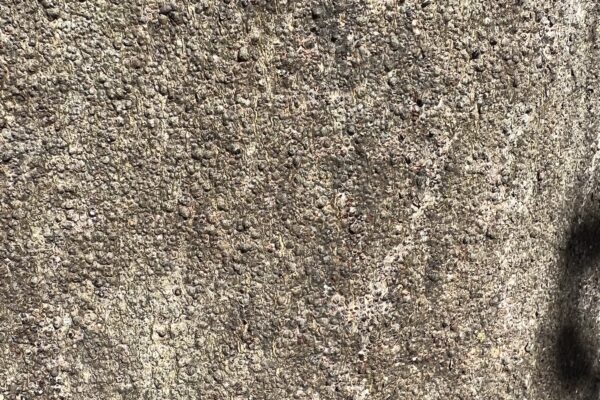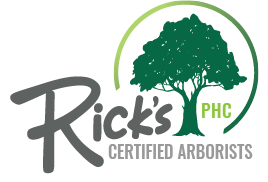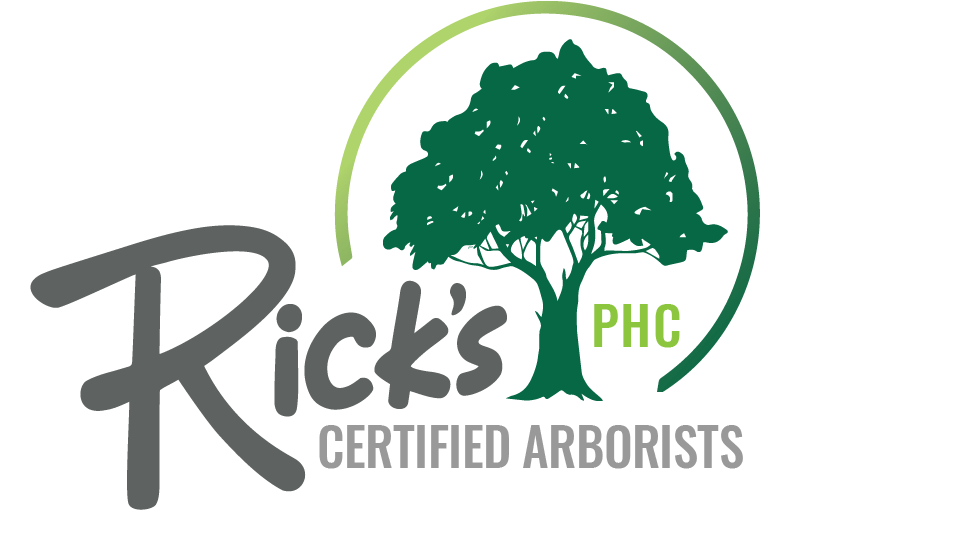Homeowners that have an Ash tree, or many Ash trees, must be vigilant about protecting them from the Emerald Ash Borer infestation. This invasive beetle, originally native to East Asia, has been wreaking havoc on Ash trees in the United States since 2002. Confirmed in our local area back in 2012, the Emerald Ash Borer population has quickly taken over our area and is killing trees within our communities.
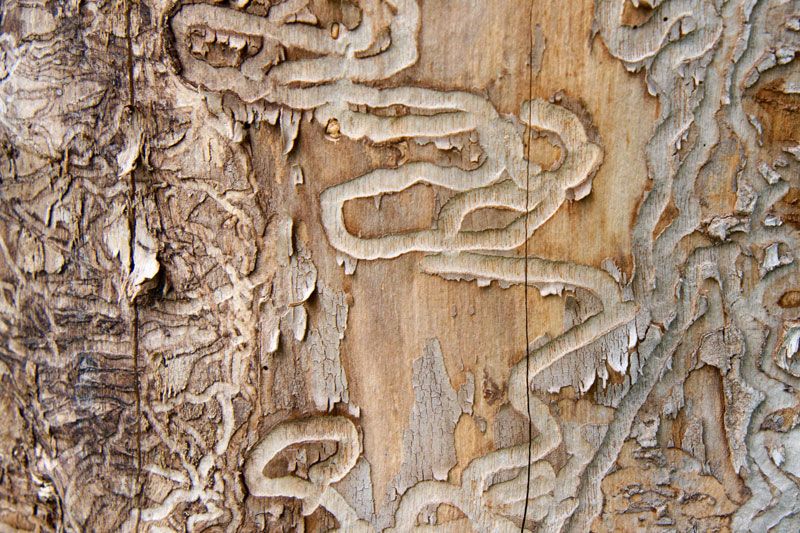
Upon emergence in late spring, the adult insect lays eggs on the outside of the tree’s bark, which quickly hatch and tunnel into the vascular tissue of the tree where they begin to feed. The best and most consistent results, especially on a larger Ash trees commonly found in our area, is through trunk injected application which must be repeated every two years to maximize protection.
Symptoms of the Emerald Ash Borer
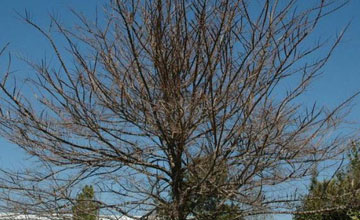
Crown Dieback
As Emerald Ash Borer larvae begin to feed, the outside of the tree will die from the ends of the branches inward toward the trunk. Damaged to the vascular system caused by larval feeding disrupts water and nutrients to the upper canopy, resulting in a thinning canopy and dying limbs.
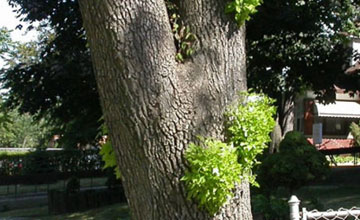
Epicormic Sprouting
As the Emerald Ash Borer larvae continue to feed causing the crown to die back further, the tree will push new growth out wherever it can. This new growth is often seen along the main limbs and lower trunk.
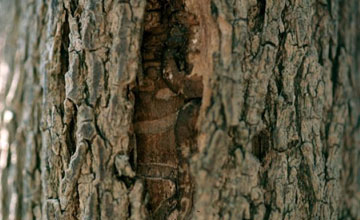
Bark Splitting
Vertical splits in the bark are caused by the damaged tissue underneath. Often times the galleries from the larvae can be seen between the bark splits.
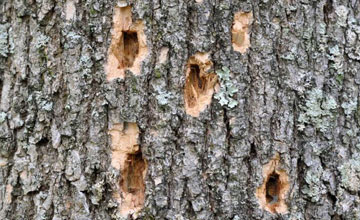
Woodpecker Feeding
As the population of Emerald Ash Borer increases within an Ash tree, woodpeckers take an opportunity for a quick meal. Woodpecker damage can be identified by strips of bark missing, often starting at the top of the canopy.
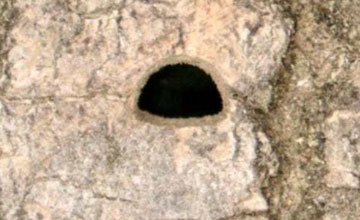
D Shaped Exit Holes
As adults emerge in the spring, they create distinct D-shaped exit holes in the bark as they tunnel their way out of the vascular tissue.
Treating Emerald Ash Borer
The best way to achieve long lasting results are to treat your Ash trees before they show signs of damage. Typically by the time you notice a change in the tree, it may be too late for treatment. Our Trunk Injections will provide two years of protection by injecting the pesticide directly into the vascular tissue.
Call Rick’s Plant Health Care Today | 610-840-2655
If you have Ash trees on your property it’s extremely important to start treatment before damage is done. Call our tree doctors today to schedule a consultation to assess the overall health and condition of your Ash trees before it’s too late. Emerald Ash Borer is knocking on our door, treat now to protect your trees, maintain the look of your landscape and avoid the expense of removal and replacement. We service Delaware County, Chester County, Montgomery County and surrounding areas in Pennsylvania.
Frequently Asked Questions About Emerald Ash Borers
If you live in an area with a large population of Emerald Ash Borers, they can kill a small tree in one to two years, and large trees in three to four years.
You need the assistance of a Certified Arborist as soon as possible. Call Rick’s Plant Health Care to schedule an assessment. We will be able to tell you if your tree can be saved with trunk injections or if it’s best to remove it from your property to prevent the spread to nearby trees. We also recommend contacting the USDA Emerald Ash Borer Hotline or the USDA Animal and Plant Health Inspection Service in your county so they can track the infestation.
Emerald Ash Borers almost exclusively feed on ash trees, although they have been found in other trees in rare circumstances.
Yes, but the key is to catch the infestation in its early stages. We then are able to treat it with trunk injections, which are environmentally friendly, and give the tree its best opportunity to recover, enabling us to save your tree.
Our Certified Arborist will first access your tree and will then advise you as to whether your ash tree should be cut down. If your infestation is severe, it’s possible that your tree cannot be treated and saved.
A tree that has an Emerald Ash Borer infestation will have yellowing leaves, a thinning canopy, D-shaped holes in the trunk, and bark loss. You may also notice a number of holes in the trunk from woodpeckers trying to reach the Ash Borer larvae. It is best for an Arborist to evaluate the tree because some of these symptoms are related to other causes. Proper diagnosis is essential.
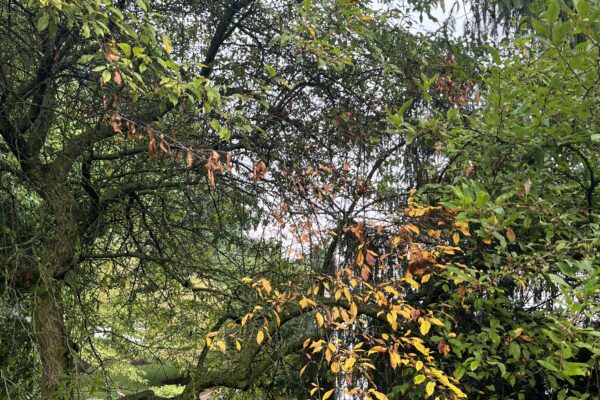
Can a Pear Tree Recover From Fire Blight?
